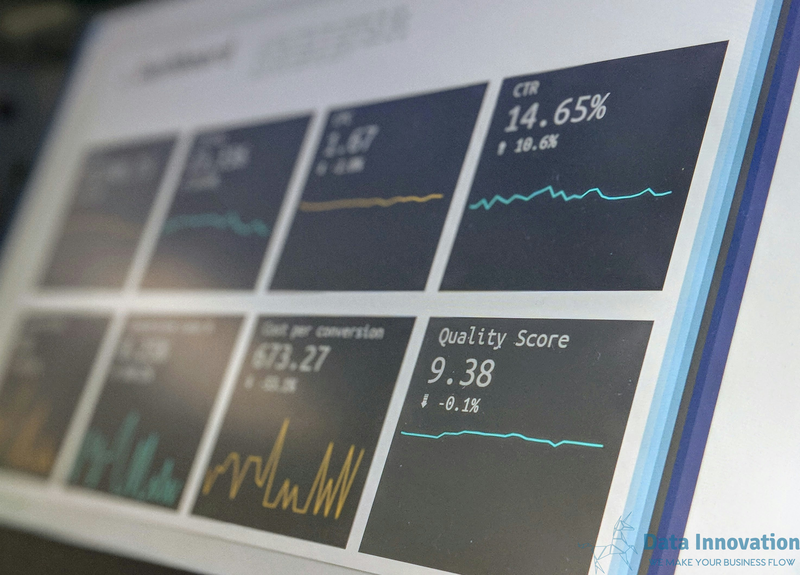Innovation and Data Analysis: Shaping Customer Experience and Market Positioning
In today’s era, where the amount of data generated is immense and continuously growing, the role of the Data Scientist or Business Analyst is crucial for interpreting these data and transforming them into strategic decisions that shape both the customer experience and a company’s market position. Here, I will explore how analyses can be creatively and technically used to positively influence these aspects, providing detailed examples of innovative data usage.
Personalizing Customer Experience Through Predictive Analysis
One of the most impactful applications of data analysis in customer experience is personalization. Using tools like DataRobot, which facilitates the implementation of machine learning models, companies can anticipate customer preferences and their future behaviors based on historical data. For example, an online retailer could use this tool to predict the products that interest each customer the most, dynamically adjusting the banners and offers displayed on the main page for each visitor, based on their previous interactions and other demographic data.
Optimizing Pricing with Predictive Modeling
Predictive modeling can also be applied in price-setting strategy. Using H2O Driverless AI, companies can analyze price sensitivities across different customer segments and adjust prices in real time to maximize sales and profit margins. For example, an airline could vary the prices of its tickets in real time, based on market changes, anticipated demand, and customer booking preferences, optimizing both revenue and customer satisfaction.
Improving Operational Efficiency with Prescriptive Analytics
Prescriptive analytics, facilitated by tools like Alteryx Intelligence Suite, allows companies not only to foresee scenarios but also to receive recommendations on the best actions to take. In the context of logistics, it could be used to optimize delivery routes in real time, analyzing traffic patterns, weather conditions, and order demands to recommend the most efficient routes, saving costs and improving the punctuality of the service.
Managing Online Reputation with Artificial Intelligence
Tools like IBM Watson Analytics can be used to monitor and analyze opinions and sentiments on social media and review platforms. This information allows companies to proactively respond to negative comments and improve brand perceptions. For example, a hotel could use this technology to identify and resolve customer complaints in real time, continuously improving the customer experience based on sentiment data and feedback trends.
Advanced Market Segmentation with Machine Learning
Using platforms like Google Cloud AI Platform, companies can more efficiently segment their customers using advanced clustering and unsupervised learning techniques. This technology enables the discovery of customer subgroups based on complex patterns of behavior and preferences, which would not be evident without analyzing large data sets. This allows companies to target their marketing campaigns much more effectively and in a personalized manner.
Conclusion
The examples mentioned illustrate just a fraction of how advanced analytics and artificial intelligence can revolutionize the management of customer experiences and market strategy. In a data-driven world, analysts not only provide insights to improve decision-making but also actively shape how companies interact with their customers and position themselves in the market. As we move forward, the integration of advanced analytical techniques will be not only advantageous but essential for maintaining competitiveness and relevance in an ever-changing market.
¡Let’s talk today https://datainnovation.io/contactar/!
Source: Link


